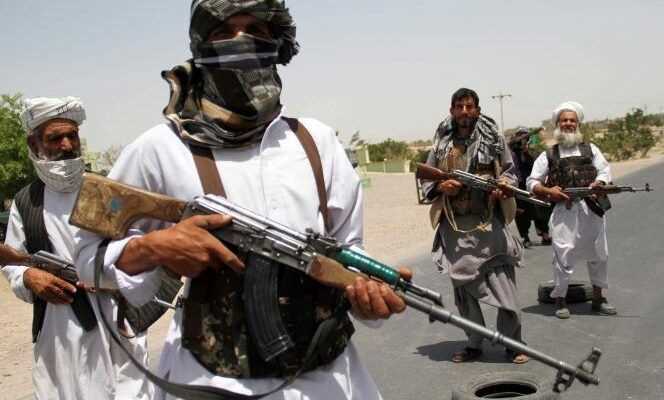Is Afghanistan once again doomed to live under the rule of the Taliban fundamentalists? While the United States completed its military withdrawal on July 3, the insurgents progressed so quickly in their conquest of the territory that the American President, Joe Biden, had to speak on Thursday, July 8, to reassure the community. international conference on what looks like an announced disaster. The grounds for reassurance appeared minimal. He assured that he would not give up by the Kabul regime, while saying that the Americans had not come to Afghanistan to “Rebuild the country”, despite twenty years of presence. He acknowledged that the chances of the current regime and the Taliban forming a government of national unity were “Highly improbable”, despite the inter-Afghan peace process that began in September 2020 in Doha, Qatar.
According to a joint US source in the Afghan capital, General Scott Miller, chief of the US and NATO forces in Afghanistan, should in theory have flown on July 4, but he is still there – for the most part because of a deteriorating security situation and a Taliban strategy that has taken everyone back. The Taliban command indeed focused its efforts on the north of the country, which was historically and ethnically unfavorable to it. Many Afghan and international experts predicted that the Taliban would first take control of the Pashtun south, before advancing towards the Tajik and Hazara north.
The Taliban are thus very present around the cities of Kunduz and Mazar-e-Charif as in the province of Badakhshan. They even forced a thousand Afghan army soldiers to flee across the border into Tajikistan. In addition to the disastrous symbol inflicted on the authorities in Kabul, this tactic is also a way of weakening, in advance, the Northern Alliance which had fought against the Taliban between 1994 and 1996, before being defeated. The same alliance and its tribal warlords then served as support on the ground during the American attack in late 2001, which this time brought down the Taliban. At the beginning of July, the observation made by a UN official in Afghanistan was clear: “The armed militias of the main warlords of the Northern Alliance have been jostled, they have lost positions, only Ishmael Khan and his men, in Herat [Est], seem able to resist. “
You have 63.84% of this article to read. The rest is for subscribers only.
